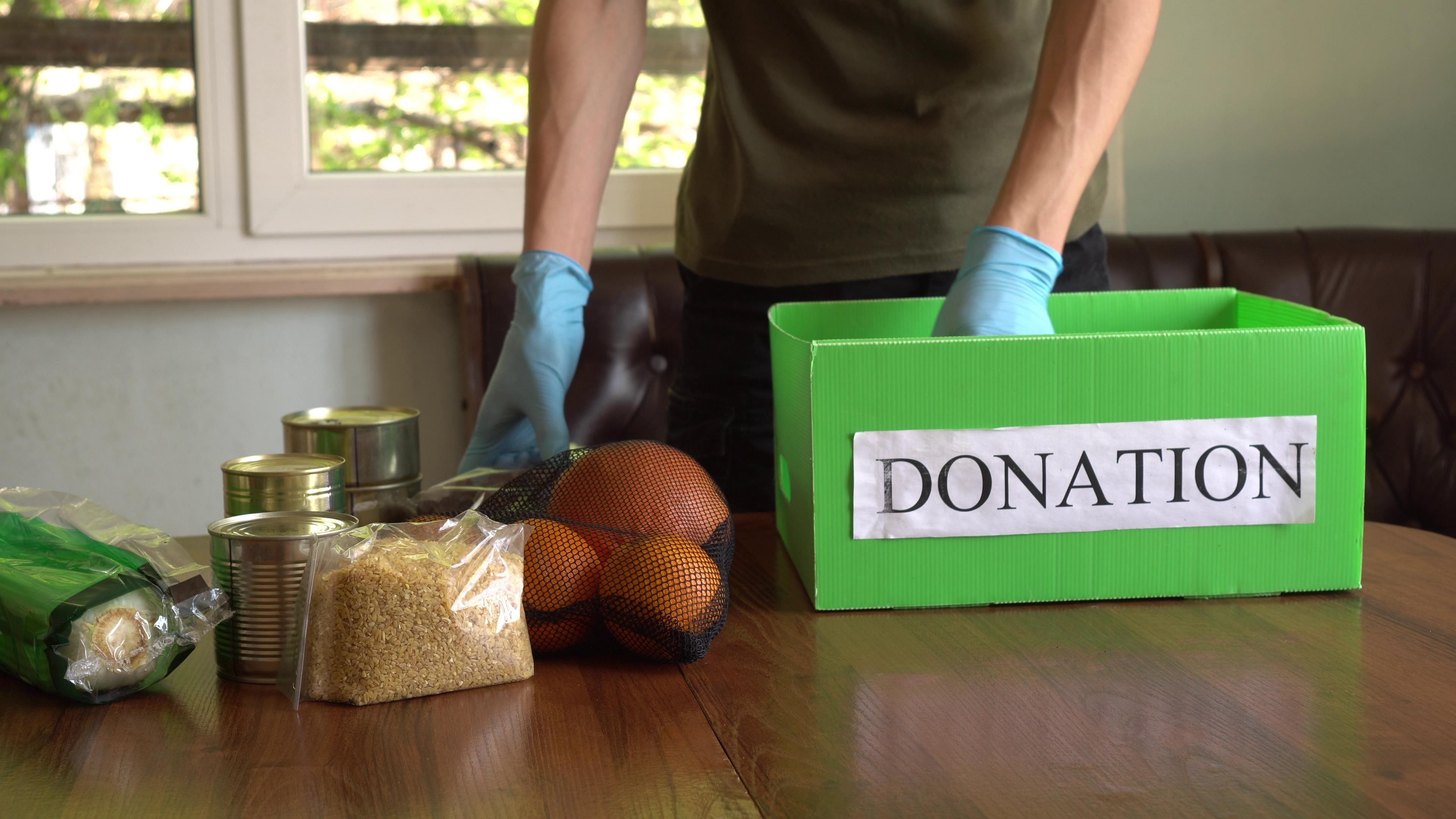How our Community Benefit Fund is tackling food poverty in Scotland
Nearly six million adults and 1.7 million children were struggling to get enough food between September 2020 and February 2021, according to a report from the UK Environment, Food and Rural Affairs committee.
Over the past 2 years, we have heard a lot about food poverty, a problem that has been exacerbated by the Covid-19 crisis, which pushed many families, both working and non-working, into food poverty. Shockingly, a report by the Child Poverty Action Group, claims that 72% of children living in food poverty have at least one working parent.
The true extent of the problem is becoming apparent as people continue to be impacted by the end of furlough, job losses, reduced hours and the physical and mental health problems caused by Covid-19.
What is food poverty?
People living in food poverty don’t have enough money to buy nutritious food or they might struggle to access affordable food in their community. Some people don’t have the facilities, resources or skills to cook. In some cases it is closely linked to immigration status, recent unemployment leading to a 5 week wait for benefits, the impact of the benefit cap
Given the importance of a balanced diet, food poverty is a significant threat to health and wellbeing, impacting on every aspect of development and health.
Food Poverty and the SPA Community Benefit Fund
Since it’s launch in 2017, the SPA Community Benefit Fund has been used in a variety of innovative and inspiring ways. Food poverty was identified by South Ayrshire Council as a priority and one of the first funded projects in 2017 was the Holiday Hunger Project in Ayr, providing nutritious meals and activities for children entitled to free school meals. The project has grown year on year, attracted match funding, collaboration with local community groups and extended to include all school holiday times and Active Schools clubs. The final numbers are not in for 2020 but the project was adapted due to lockdown so ensure that families in need received a weekly food box.
Since the lockdown in 2020, there has been a sharp increase in food related projects funded by the CBF including donations to:
- East Dumbartonshire Council Foodbank
- North Lanarkshire Airdrie Foodbank
- Cumbernauld and Kilsyth Foodbank
- South Lanarkshire Council Clyde, Avon and Nethan Foodbank
- Clydesdale Foodbank
- Hamilton District Foodbank
- South Ayrshire Food Pantry
- Borders Foodhub
- Hospice Hearty Meals
SPA and Lintel Trust were delighted to be able to assist foodbanks providing crisis support when it was most needed. However, in recognition of the fact that foodbanks were only intended to be short term solution, grant applications show a definite move in 2021 to find a more sustainable, practical solution.
Eildon Housing Association has been working closely with Fareshare and local community hubs to find a long term solution to food poverty in the rural Borders.
Both South Ayrshire and East Ayrshire Councils have been granted funding to develop food pantries offering nutritious food at very reduced prices. This move away from the ‘handout’ solution of foodbanks encourages people to budget and plan, and in the example of East Ayrshire Council’s Logan Day Centre project, will be combined with the provision of nutritious community meals and cookery classes.
Feedback from those using foodbanks is very positive:
“The stuff that you can get for £2.50 is amazing. Having grown up in the area and knowing the families round here, it’s going to benefit them so much. It’s great that they have fresh fruit, because that’s so expensive, and it’s good for school snacks for my daughter. It is difficult on my income, especially at this time of year. (Emma Duncan, Woodside Food Pantry member)
Our prediction is that the food pantry movement will continue to grow across Scotland and the UK. For some people, three crisis parcels from a foodbank is the limit of support they can get. Foodbanks are long term – once a member of a pantry, people can remain part of it for as long as they want and make use of volunteering opportunities.
“What struck me was that local people were so passionate about it. This is also about meeting your neighbours. Part of poverty is social isolation because you can’t afford to do things. You pay only a token amount, but it makes you equal to everybody else.”
(Claire Whyte, Community Worker)
Food poverty is here to stay, at least for now. Food pantries can be tailored to local community needs and can be combined with other services including debt advice, education, budget management, employment and cookery lessons as well as providing a social space. Participants chose their food and pay for it (albeit a nominal charge) so the relationship is not one of charity but one of community collaboration. Food pantries tackle two current problems – food surplus and food poverty. This is great but they are entirely dependent on unpredictable food surplus from the food industry and upon volunteers and fundraising to pay for their facilities.
For more information on our Community Benefit Fund and work with Lintel Trust, head to our dedicated webpage here or get in touch via email at info@scottishprocurement.scot.


